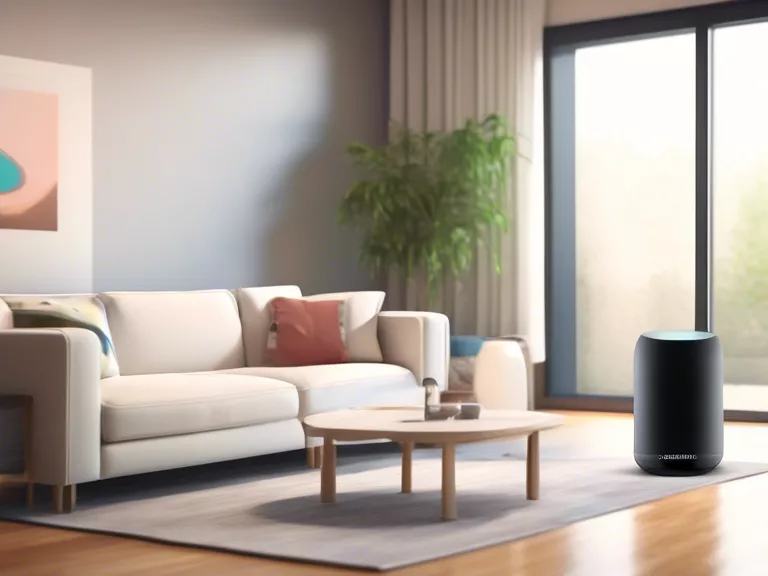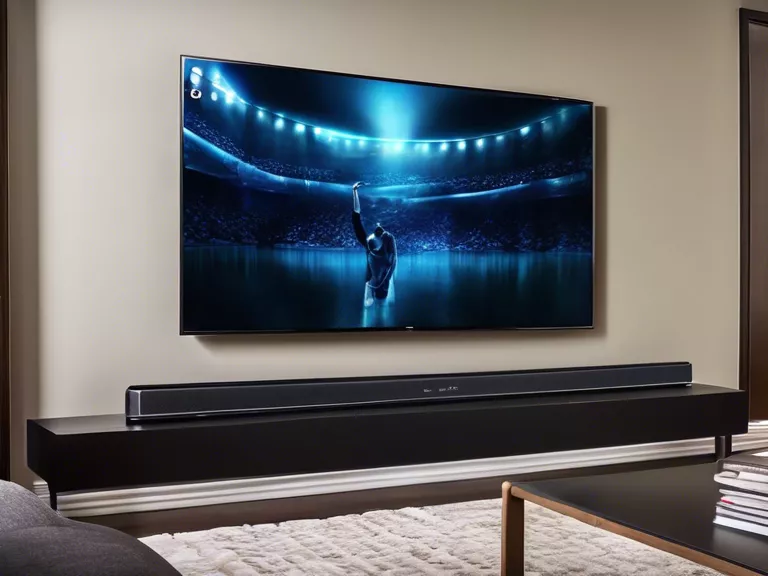
How AI-Enhanced Sound Customization is Personalizing Audio Experiences
From music streaming to virtual reality gaming, the way we consume audio content has undergone a significant transformation in recent years. One of the key factors driving this change is the use of artificial intelligence (AI) to enhance sound customization. By leveraging the power of AI, audio technology companies are able to personalize audio experiences like never before, catering to individual preferences and creating immersive listening environments.
One of the most exciting applications of AI-enhanced sound customization is in the realm of personalized music recommendations. Streaming platforms like Spotify and Apple Music use AI algorithms to analyze a user's listening habits and preferences, recommending new songs and artists that are tailored to their tastes. This not only helps users discover new music that they love, but also ensures that they receive a unique and personalized listening experience every time they open the app.
AI is also being used to customize audio experiences in real-time, allowing users to adjust the sound profile of their devices to suit their environment and personal preferences. For example, noise-cancelling headphones can use AI algorithms to adapt to the ambient noise levels around the user, ensuring that they always have the best possible listening experience, whether they're on a crowded train or working in a quiet office.
In the world of virtual reality gaming, AI-enhanced sound customization is taking immersion to a whole new level. By using spatial audio technology and sophisticated AI algorithms, game developers are able to create incredibly realistic and dynamic soundscapes that respond to the player's movements and actions in real time. This not only enhances the overall gaming experience, but also creates a sense of presence and immersion that is unmatched by traditional audio setups.
Overall, AI-enhanced sound customization is revolutionizing the way we experience audio content, giving users greater control over their listening experiences and creating personalized soundscapes that cater to individual preferences. As this technology continues to evolve, we can expect even more exciting developments in the world of audio technology, offering users a truly personalized and immersive audio experience.



